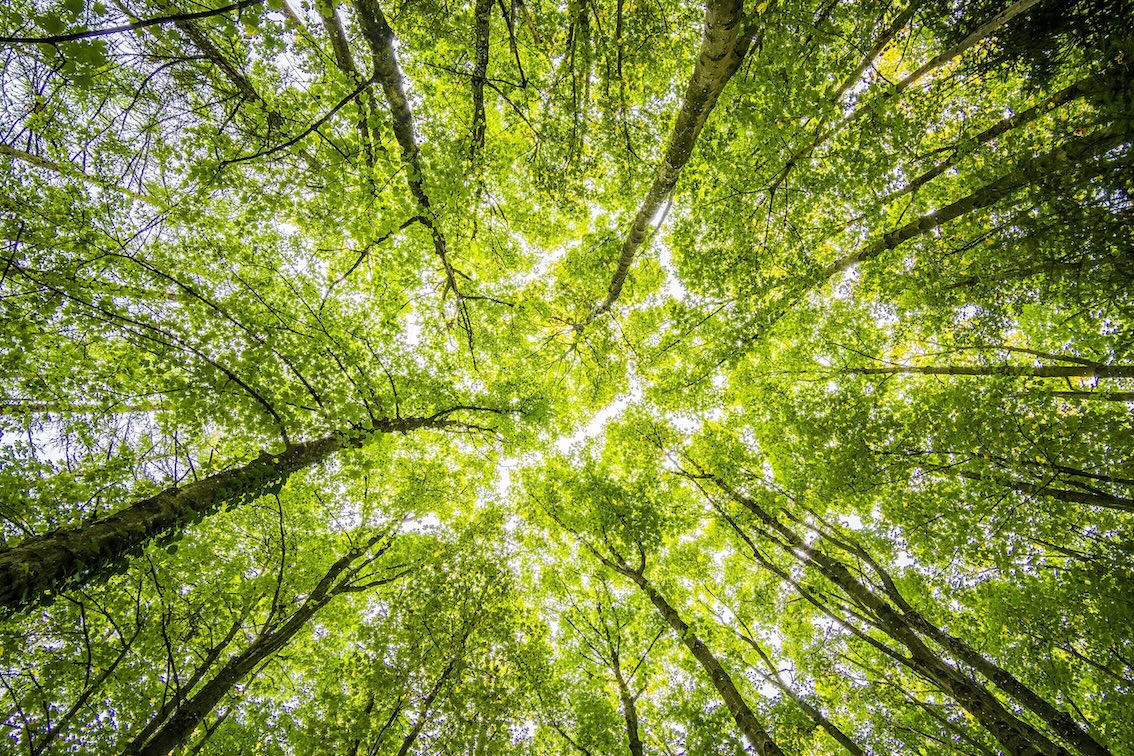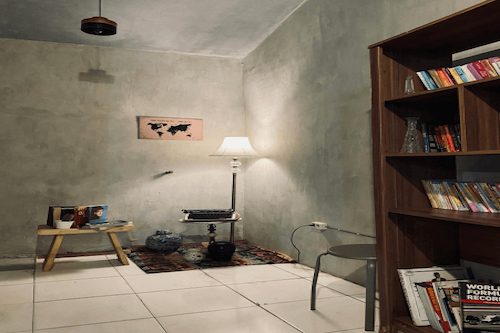Cremations: A Journey Through Time
Are cremations more prevalent in the funeral industry today? Absolutely, but the road to this widespread acceptance has been long and complex, and the reasons for its current popularity might surprise you.
The Early Days of Cremation in Australia
Australia’s first crematorium was established in 1901 at the West Terrace Cemetery in Adelaide. This pioneering facility was the result of persistent efforts by a dedicated group of citizens, likely inspired by trends in England, where the first crematorium had been constructed in 1879.
However, cremation was slow to catch on. In its inaugural year, the Adelaide crematorium served just one person, despite the city’s population of around 170,000 and an estimated 2,000 annual deaths. The slow uptake can be attributed to the strong influence of traditional funeral practices rooted in religious customs and the perception of cremation as a ‘violent’ method of body disposition compared to the more genteel idea of ‘laying a person to rest.’
Changing Perceptions Over Time
The notion that cremation was a violent process might seem quaint today, but it’s important to remember that cremation involves a technical process of reducing a body to bone fragments using a furnace and fuel. Over time, society’s discomfort with the process waned, a phenomenon known as habituation, where repeated exposure leads to acceptance.
The Adelaide crematorium continued its operations with a modest increase in cremations each year. By the 1950s, a notable shift occurred: cremation rates began to rise significantly.
The Role of Cost in Cremation’s Popularity
While changes in social or religious values and the influence of scientific thinking likely played roles, the primary driver behind the increase in cremations was cost. Around the 1950s, the cost of a burial plot and funeral began to exceed the cost of a cremation and funeral. This financial disparity continued to grow, leading to a steady increase in the number of cremations.
Today, this cost difference is stark. In Adelaide, a budget cremation service can range from $4,000 to $8,000, while a grave site alone in a metropolitan cemetery can start at around $21,000 and soar up to $103,000, not including funeral services.
Modern Cremation Trends and Environmental Concerns
Cremation has now become deeply ingrained in Australian culture, with approximately 70% of metropolitan funerals opting for this method. However, there is a growing awareness of its environmental impact. The cremation process relies on fossil fuels and emits pollutants into the atmosphere. Additionally, the argument for cremation due to land shortages, which might hold in densely populated regions, seems less relevant in a vast country like Australia.
Despite these concerns, cremation remains a popular choice, primarily due to its affordability compared to traditional burials. As long as crematoriums use modern technology to minimise pollution and efforts are made to offset the carbon footprint, cremation is likely to remain a reasonable option for many.
Considering an Eco-friendly Cremations?
Cremation’s journey from a rarely used, controversial method of body disposition to a widely accepted and cost-effective choice reflects significant shifts in societal values, economic pressures, and environmental awareness. What began in Adelaide in 1901 as a novel option has evolved into a mainstream practice that addresses both the financial and practical concerns of modern Australians. As we look to the future, the balance between cost, environmental impact, and personal preference will continue to shape the choices people make for their final farewells.
If a sustainable and environmentally friendly cremation is for you or your loved one then get in touch with our team at Earth Direct Cremation by calling us 24/7 on 1300 22 44 17 or by filling in our contact form here. Our team are only too happy to provide you with a compassionate, sustainable and affordable alternative.





